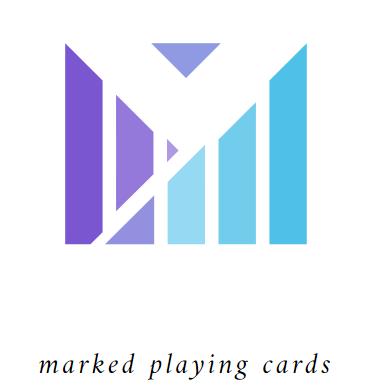What is a Marked Deck of Cards in China?
A marked deck of cards is a special type of playing card that has been modified so that its markings tell you which cards to look for. This is a very useful tool for magicians, especially when performing tricks that require you to identify specific cards at random. It is important to remember that if you are not careful, the fact that your deck has been marked may be discovered by your spectators, so it is crucial to use this tool only in carefully thought out situations.
One of the best ways to disguise the markings of a marked deck is to make them blend in with the rest of the artwork on the cards. In the best case scenario, the markings will be so well disguised that they will only be apparent to those who study the deck at length and for extended periods of time. In order to achieve this, the cards are printed by a high-quality printer, such as USPCC or EPCC, and then given a coating that prevents them from showing marks or fingerprints, even when they are handled frequently.
The earliest known playing cards in the world can be traced back to China in the 9th century. Written sources mention cards as early as the Tang Dynasty, and by the 11th century they were widely used throughout Asia. They were also taken to other parts of the world by Chinese traders, and we can see them in use in Java, Sumatra, Celebes, Thailand, Hong Kong and Vietnam.
Many types of cards were used in China, including number cards that have pips in the form of numerals and are often called gu pai (bone cards). These are usually printed on both sides. There are also cards with pips in the ordinary script and in the financial or formal script, called wu hui pai (money cards). There are also characterless cards, zhi pai (paper cards), and chun pai (cards with characters from Water Margin).
Some playing cards had pictures of flowers, animals, and images from popular stories. Others were based on chess pieces or traditional Chinese ornaments. Others featured a combination of all these elements. In later times, tarot cards were produced, as were decks based on famous figures in history and mythology.
In modern times, the most common type of playing card in China is a standard 52-card deck. These are printed by a variety of companies, and some are even made with holograms or ultraviolet effects. The cards have a distinctive design that makes them stand out from other styles of playing card, and they are widely used in games like mahjong, poker and gou hui.
The first thing you need to consider when buying a deck of Chinese playing cards is the design. The cards are printed in a style that is different from Western decks, and they have a more complex layout. They have two Jokers, which are split into different colors and hold significance in certain games.
